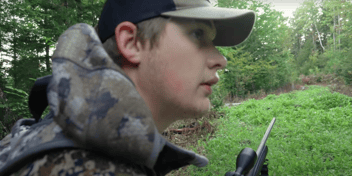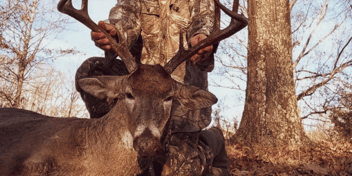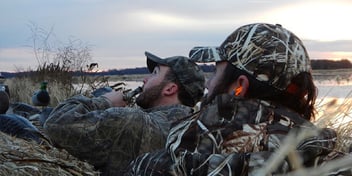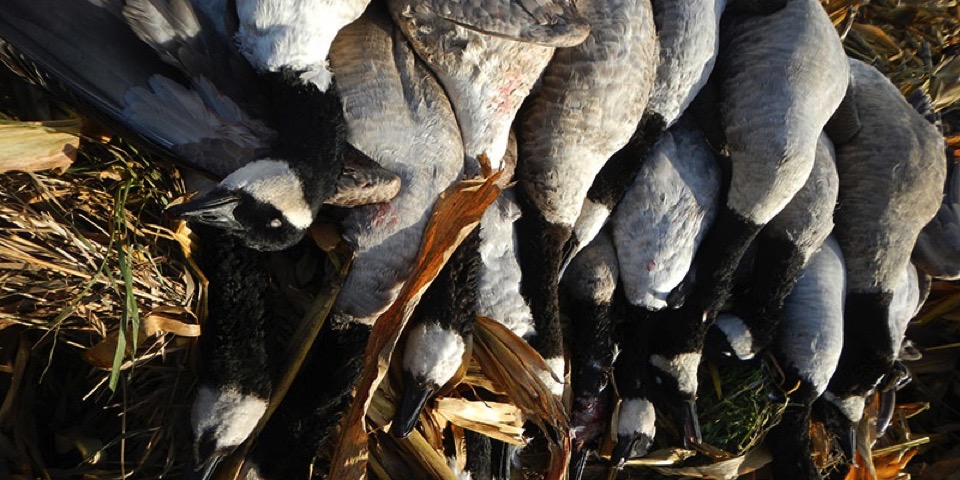
Waterfowl hunting. It has become nothing short of an obsession to me over the last couple of years. I love it.
I realized I may need some sort of intervention or possibly a 12-Step program this past year when my daily drives to town involved spotting birds in the lake and river and loudly proclaiming, “You will be mine” to every one of them.
My husband now just rolls his eyes every time I pass a pond, tap the truck window, and whisper, “Ducks!”. I watch them the entire off-season. I plan the opening day. I plot my strategies. I continue to talk to the ducks. I dream of bacon-wrapped duck breasts. After all, everything is better with bacon. I just LOVE waterfowl hunting.
What I love most about duck hunting here in the Colorado mountains is that jump shooting is the best way to have a successful hunt. While a hunter can throw a set of decoys and utilize a blind, I have found it to be more fun and effective to spot and stalk the birds. Part of this is due to my inability to sit in one place for more than 10 minutes. Part of it is because the birds cluster into the small coves along the lakeshore and stalking them is so much fun.
My daily duck hunts typically involve about three miles of hiking the shoreline with my dog, Thaddeus. We have a fairly set routine of how we approach coves in our best efforts to avoid being spotted by the birds. Interestingly, as Thaddeus has spent more time utilizing this hunting method, he has taken to literally crouching and creeping with me as we go. It is honestly hard not to laugh out loud as he crouches, walks, sits, and waits for a signal from me to move on. Thaddeus will work like this until we are done and he is given the ‘ok’ signal, at which time he immediately runs for the water for a swim and a roll in the mud.
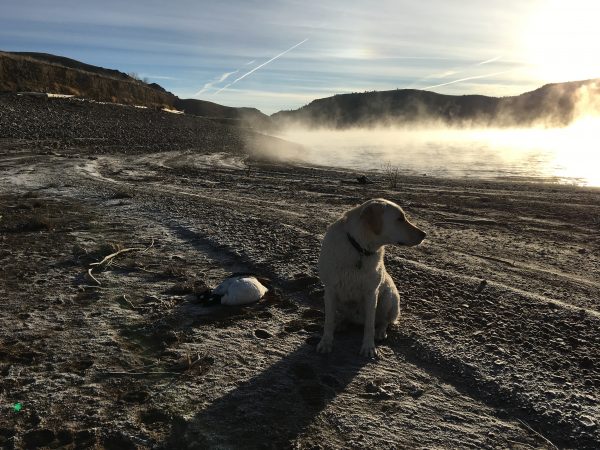
Ducks have keen sight and any sort of movement will bump them out of the coves so stealth is important. Following the shoreline contours and utilizing brush helps get within range. Once in range, we will bump the ducks to flight and aim. Then it becomes Thaddeus’ turn to finish the job. As he is primarily an upland trained dog, he has finally taken to waterfowl and will take an honest to God beating from a Canadian Goose in his efforts to bring me his quarry!
This jump-shooting waterfowl hunting is action-packed and challenging. While I may return home with only one or two birds, I thankfully live where I can get out and hunt for a couple of hours before work when the urge hits. Which, of course, is quite often! In the early parts of the season, it is especially fun to find hidden beaver ponds in the high country where ducks tend to congregate. As the temperatures begin to drop, the birds tend to prefer the rivers. Once winter hits, the birds will move down to the lake in larger numbers. Thus, the style of hunting and the locations change which keep the hunting interesting during the season.
Gear is always important to me, yet I am a proponent of packing light. I will take an empty backpack with me so I can stow birds. Carrying birds becomes awkward when you jump-shooting waterfowl hunting and a backpack allows me to remain mobile and have both hands available. I lean heavily on the Mossberg 930 waterfowl shotgun.
I prefer an auto-loading shotgun vs. a pump-action, and the 930 also has a fiber optic front sight which I find helpful in dimmer light. I also find the weight of the shotgun to be comfortable (7.75 lb) which is important with jump shooting waterfowl because you're constantly on the move.
I have developed a crazy fondness for Black Cloud Close Range shotshells. These shells are designed for close target engagement and deliver the optimal patterns at 20 to 30 yards by opening the spread more quickly than most other loads. Additionally, the Black Cloud loads feature pellets with special cutting rims that help increase lethality and reduce the chance of crippling. They tend to be somewhat expensive, but they are worth it.
Camouflage is also quite important with all waterfowl hunting. For obvious reasons, I prefer Prois Hunting Apparel for Women. I tend to lean toward neutral earth tones and brush patterns for our region as it is more of an open space pattern. I also prefer Pro is as it is designed for more kinetic hunting, thus it is more compressed and offers more functionality through high-performance fabrics.
I have a propensity (or perhaps obsession) to utilize as much of an animal as I possibly can. I subscribe to the belief that since I have taken this animal’s life, I owe it the respect to utilizing what I can. After breasting the bird and vacuum sealing the meat I take to the carcass as follows:
- Pull the plumage. I love feathers and they are useful for many decorations, crafts, and jewelry. I not only pull the pretty tail and wing feathers, but I will also pluck some of the tiny plumage which fit nicely into small ampoules, and they make gorgeous necklaces.
- I love skulls. I will cut the head off the bird and skin it. I then pressure cook it. Once it has been cooked for an hour, I will scrape the skull of flesh and boil it a second time. After it has been scraped clean and brain matter is gone from the skull, I will soak the skull in hydrogen peroxide for 2-3 days. The result is a beautiful skull that can also be used for decoration.
- While I will typically render broth from the carcass of other game birds, this doesn’t work out so well with ducks. But it can be done! I recommend heavy seasoning for any duck broth.
- Small meat scraps are dehydrated for the dog and cat. They love it!
So there it is. Jump shooting waterfowl, from preparation to utilization.
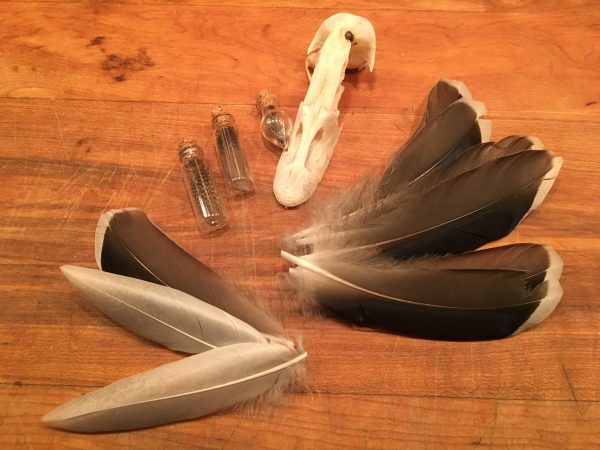
About the Author


